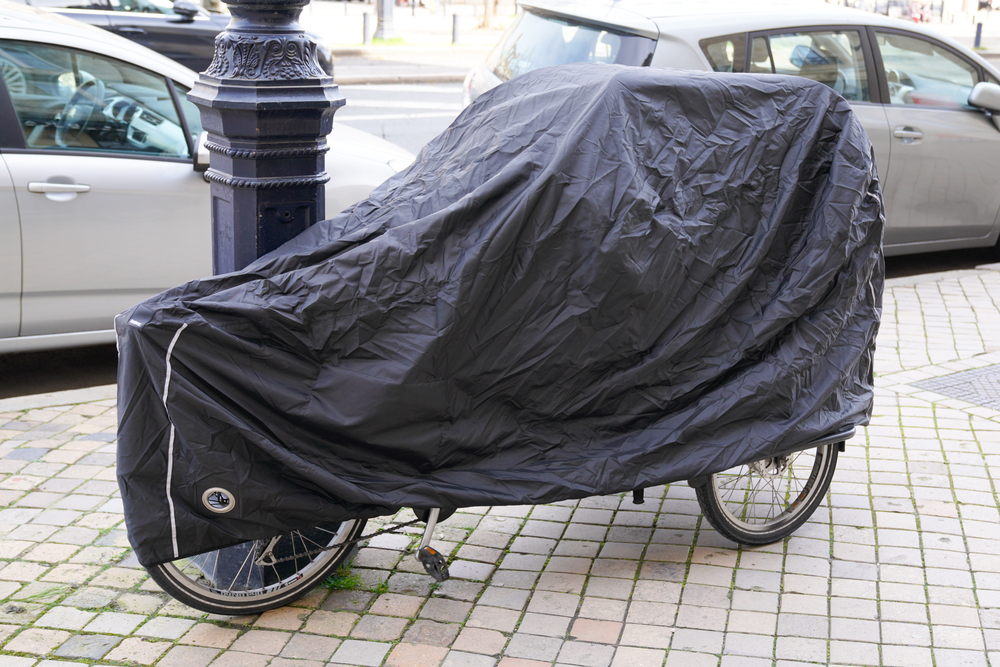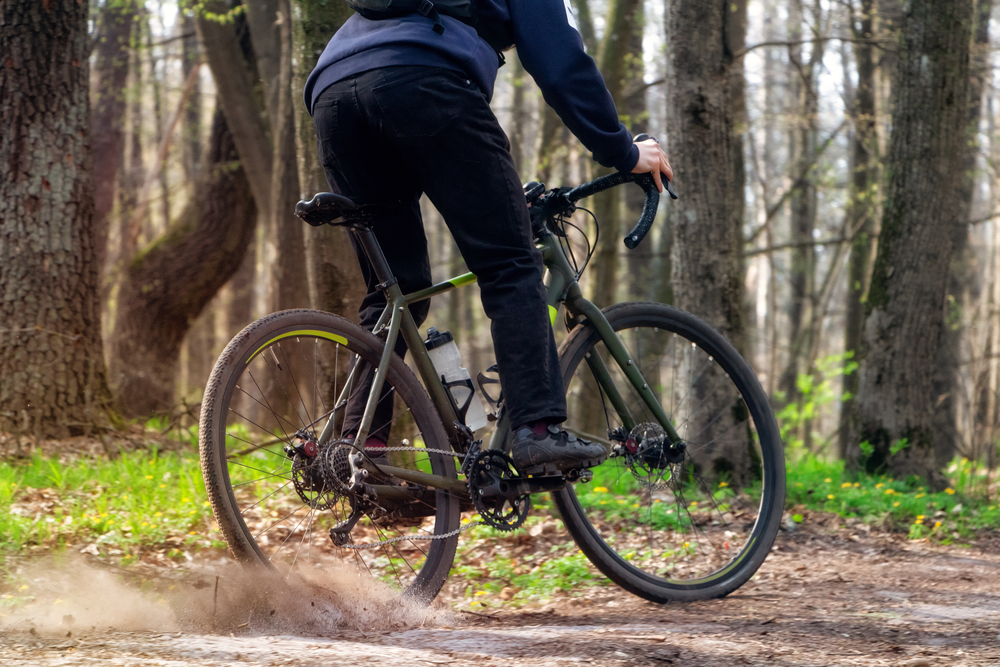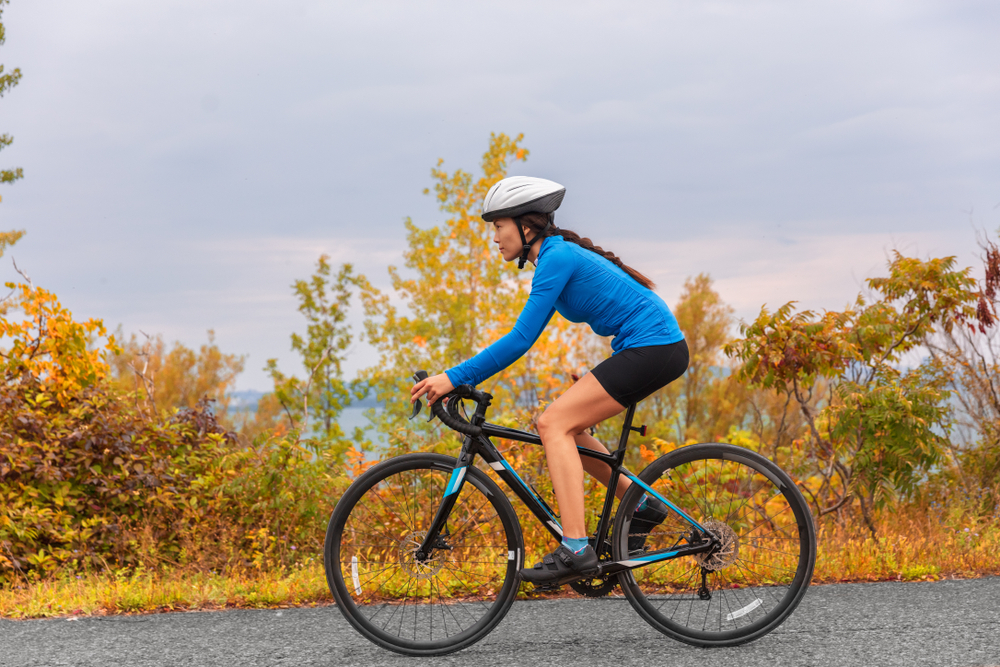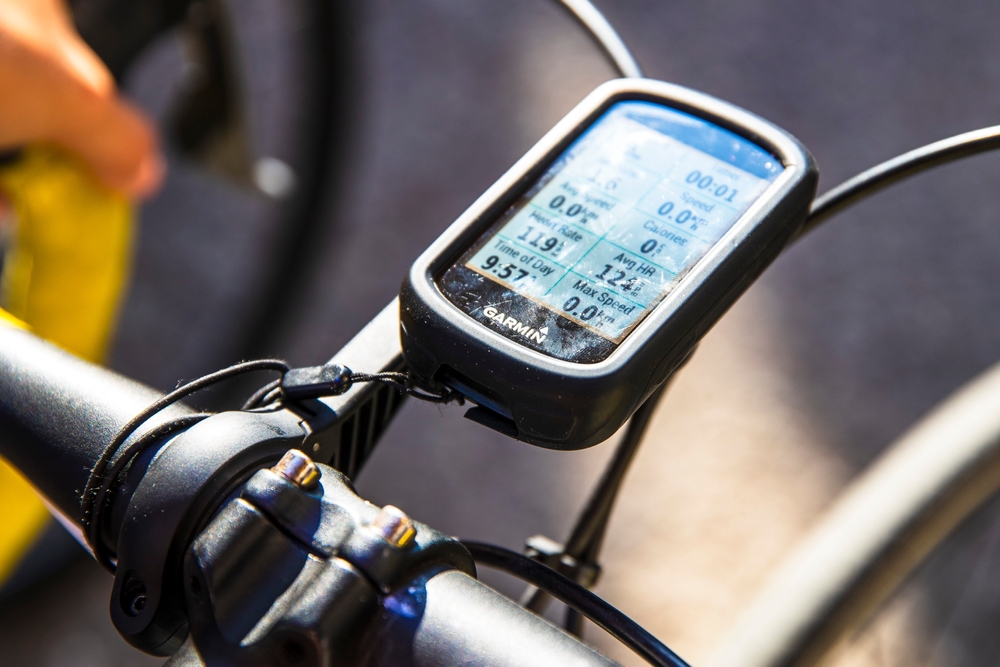Beginner Mountain Biking: Essential Tips and Basics
Mountain biking offers a thrilling way to explore rugged terrains. It’s an excellent workout and an exciting way to connect with nature. If you’re new to the sport, the learning curve may seem steep. This guide aims to ease the process by breaking down the basic elements you’ll need to get started.
Choosing the Right Bike
Picking a suitable bike is crucial. There are different types of mountain bikes, each designed for specific terrains. The main categories are cross-country (XC), trail, enduro, and downhill bikes.
Cross-Country (XC) Bikes
These are designed for speed and efficiency. They are lightweight and built for long-distance rides on less technical trails.
Trail Bikes
Trail bikes are versatile and can handle a variety of terrains. They offer a balanced approach, making them ideal for beginners.
Enduro Bikes
Enduro bikes prioritize descending but can also climb efficiently. They’re suitable for more experienced riders who want to tackle challenging descents.
Downhill Bikes
These are specialized bikes for steep, downhill trails. They’re heavy and built for control at high speeds.
For beginners, trail bikes are often the best choice. They provide a balance of performance and comfort across different terrains.
Essential Gear
Safety should be a priority. Here’s a list of essential gear.
- Helmet: A quality helmet is crucial. Look for one specifically designed for mountain biking.
- Gloves: These protect your hands and improve grip.
- Protective Eyewear: Stops debris and bugs from hitting your eyes.
- Hydration Pack: Staying hydrated is essential. A hydration pack is convenient and doesn’t affect your balance.
- Bike Tool Kit: This should include a multi-tool, tire levers, a pump, and a spare tube.
- Knee and Elbow Pads: These provide added protection, especially on technical trails.
Mastering Basic Skills
Familiarize yourself with the basic skills you’ll need.
Body Position
Proper body position is key to controlling your bike. Keep your chest low, elbows out, and knees bent. This stance helps absorb shocks and maintain balance.
Braking
Learn to use both brakes effectively. The front brake provides more stopping power, but using it too hard can cause you to flip over. Modulate your braking to maintain control.
Shifting Gears
Know when to shift gears. Lower gears make climbing easier, while higher gears are better for flat or downhill sections. Anticipate changes in terrain and shift before you need to.
Cornering
Position your weight to the outside of the turn. Lead with your shoulders and look where you want to go. This helps the bike to follow the correct line.
Trail Etiquette
Mountain biking is a communal activity. Observing proper trail etiquette ensures everyone has a good experience.
- Yield: Give way to uphill riders. If you’re descending, be ready to stop.
- Stay on Marked Trails: This prevents ecological damage and preserves trails.
- Announce Your Presence: Use a bell or a friendly shout when approaching others.
- Don’t Litter: Carry out what you carry in.
Maintaining Your Bike
Regular maintenance keeps your bike in top shape and reduces the risk of mechanical failures.
Cleaning
Keep your bike clean. Dirt and grime can wear out components faster. Use a gentle detergent and water to clean your bike, and avoid high-pressure hoses.
Lubricating the Chain
Regularly lubricate your chain to keep it running smoothly and to prevent rust. Wipe off excess lubricant to avoid attracting dirt.
Checking Tire Pressure
Proper tire pressure is crucial for performance and comfort. Check it before every ride. Lower pressure increases traction but can lead to more flats. Higher pressure reduces rolling resistance but provides less grip.
Inspecting Brakes
Check the brake pads and cables often. Replace worn pads and tighten any loose cables. Well-maintained brakes are essential for safety.
Tightening Bolts
Regularly check and tighten the bolts on your bike. Loose bolts can lead to other mechanical issues and are a safety hazard.
Finding Trails
Look for beginner-friendly trails to start your adventure. Online resources and local bike shops often have information on nearby trails. Apps like Trailforks and MTB Project provide maps, trail conditions, and user reviews. These tools can help you find appropriate trails for your skill level.
Joining a Community
Mountain biking communities offer support and camaraderie. Joining a group can provide valuable advice, introduce you to new trails, and make your rides more enjoyable. Look for local clubs or online forums to connect with other riders.
Practicing Safety
Being aware of your limits is crucial. Don’t tackle trails that are beyond your skill level. Always let someone know your planned route and expected return time. Carry a basic first aid kit, and consider taking a basic first aid course. A well-charged phone is essential for emergencies, but be mindful that some remote areas may have limited service. Redundant safety measures can make your rides safer and more enjoyable.
Environmental Responsibility
Respecting nature is integral to mountain biking. Stick to established trails to minimize your impact on the environment. Avoid riding in wet or muddy conditions, which can damage trails. Exercise caution around wildlife and never disturb their natural habitats. Being a responsible rider ensures that trails remain open and accessible for everyone.
Mountain biking for beginners may present challenges, but with the right preparation, it becomes a rewarding and enjoyable experience. Equip yourself with the necessary skills, gear, and knowledge to make the most of your time on the trails. Happy riding!






